
By Caleb T. Maupin
New York
Published May 23, 2011 9:11 PM
A broad coalition of teachers, students, labor and community organizations showed a high level of militancy as 20,000 protesters took to the narrow streets of New York’s financial district to oppose cuts in education and other social programs. New York City’s organized labor turned out in force for the May 12 action.
The United Federation of Teachers, representing all the teachers in New York City’s public schools, had some 6,000 members in the streets to oppose billionaire Mayor Michael Bloomberg’s proposed layoffs and cutbacks. Other unions that mobilized included Transport Workers Union Local 100, Service Employees Local 32BJ, Communication Workers from both Verizon and the public sector, as well as New York Nurses United. A number of labor leaders spoke during a rally, along with City Council member Charles Barron.
The unions collaborated with the New York Coalition Against Budget Cuts, which mobilized thousands of students and people from community groups. The NYCABC organized a march from City Hall to Wall Street March 24, in which the largest component was youths and students.
Larry Hales, a key organizer of the March 24 action, told Workers World, “The massive outpouring on May 12 had its roots in the success of the ‘Day of Rage’ held on March 24. That action inspired many rank-and-file union members, who pressured their union leaders to call and endorse the next large action of forces opposed to massive cuts in public services.”
Community, student groups fired up
Community organizations were there. Parent associations and tenant organizations marched, as did the Coalition for the Homeless. Contingents from local childcare centers, which also face cuts, joined the march. Hostos Community College faculty and students, along with part-time faculty and Professional Staff Congress members participated.
Thousands of high school students were encouraged by their teachers to participate, and they joined them in the streets to defend their education against cutbacks and privatization.
Some sections of the march emphasized opposition to the massive spending on war. Others loudly opposed cuts in AIDS research and treatment. A large contingent raised the demand for a national health insurance plan.
The march stepped off at 4:30 p.m., and despite the efforts of the police, the marchers were soon out in the streets. As the march continued, traffic and business halted as the many thousands of people wound their way through lower Manhattan to Wall Street, the center of world finance capital.
Slogans proclaimed “Make the banks pay!” and “Solve the budget crisis: End the wars, tax the rich!” Chants of “Tax the rich!” and “F**k Wall Street!” were heard by all.
Employees of Wall Street firms gathered around windows and looked down at the massive crowd of working-class people demanding justice.
When the march reached Water Street, police attempted to disperse the march and return to “business as usual” on a Thursday afternoon by pushing a contingent of youth. But when they suddenly moved to arrest two youth in the street, the crowd poured into the street, physically preventing the arrests, amid roars of “Let them go! Let them go!”
Soon, several hundred youth took the corner of Water and Wall streets, chanting “Whose streets? Our streets!” The police pushed to clear the streets, using orange nets and metal barricades. The crowd pushed back.
Police shoved the faces of the young people with their hands, and struck youth who were pinned between the crowd and the nets. Despite this brutality, the confrontation continued, strengthened by the huge numbers of youth who were intent on carrying out an “occupation,” despite calls from more moderate march organizers to pull back.
The cops were attempting to defend the “private property” of Wall Street against students and youth who face cutbacks, unemployment and an insecure economic future. The standoff between the youth and the cops lasted 45 minutes. Some youths attempted to appeal to the police with chants used in Wisconsin, such as “Your job is next!” More radical sections chanted, “Wall Street thugs! Wall Street thugs!” Truckloads of police and metal barricades were used in the attempt to retake control of the area.
In other parts of lower Manhattan, police attempted to prevent people from joining the protest by blocking off entrances to march areas. Lucy Pagoada, a teacher and UFT member, told Workers World, “The police were giving people false directions, and not letting people get anywhere near the march. They had the streets blocked off.”
Most participants in the action could see that sentiment for a popular uprising against the capitalist drive to impose austerity on working and oppressed people was widespread. The desire for a more militant resistance movement exists not only among radical forces, but among countless youth who face extreme economic hardship caused by the current crisis.
Given the strength of the May 12 action, some organizers suspect that this summer will see an escalation of the struggle. On one side are labor, students and community organizations. On the other is the capitalist class, which seeks to strip away anything close to a decent life in this time of economic crisis.
Larry Hales and G. Dunkel contributed to this article.
Articles copyright 1995-2011 Workers World. Verbatim copying and distribution of this entire article is permitted in any medium without royalty provided this notice is preserved.

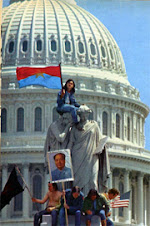


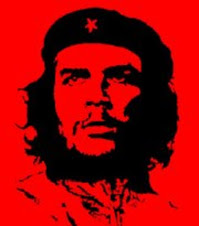






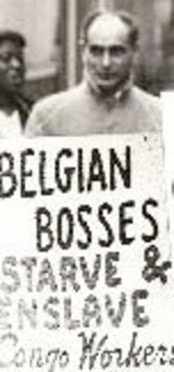

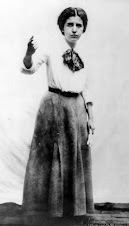
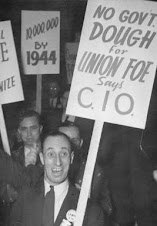
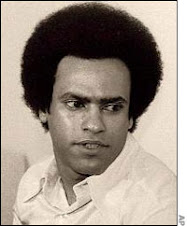



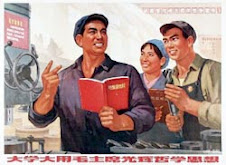
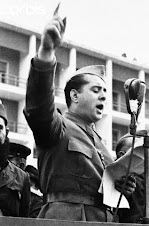


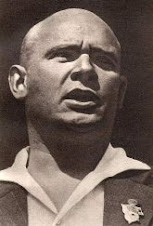




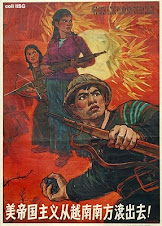
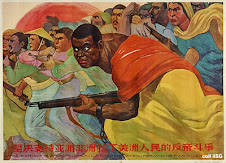






No comments:
Post a Comment